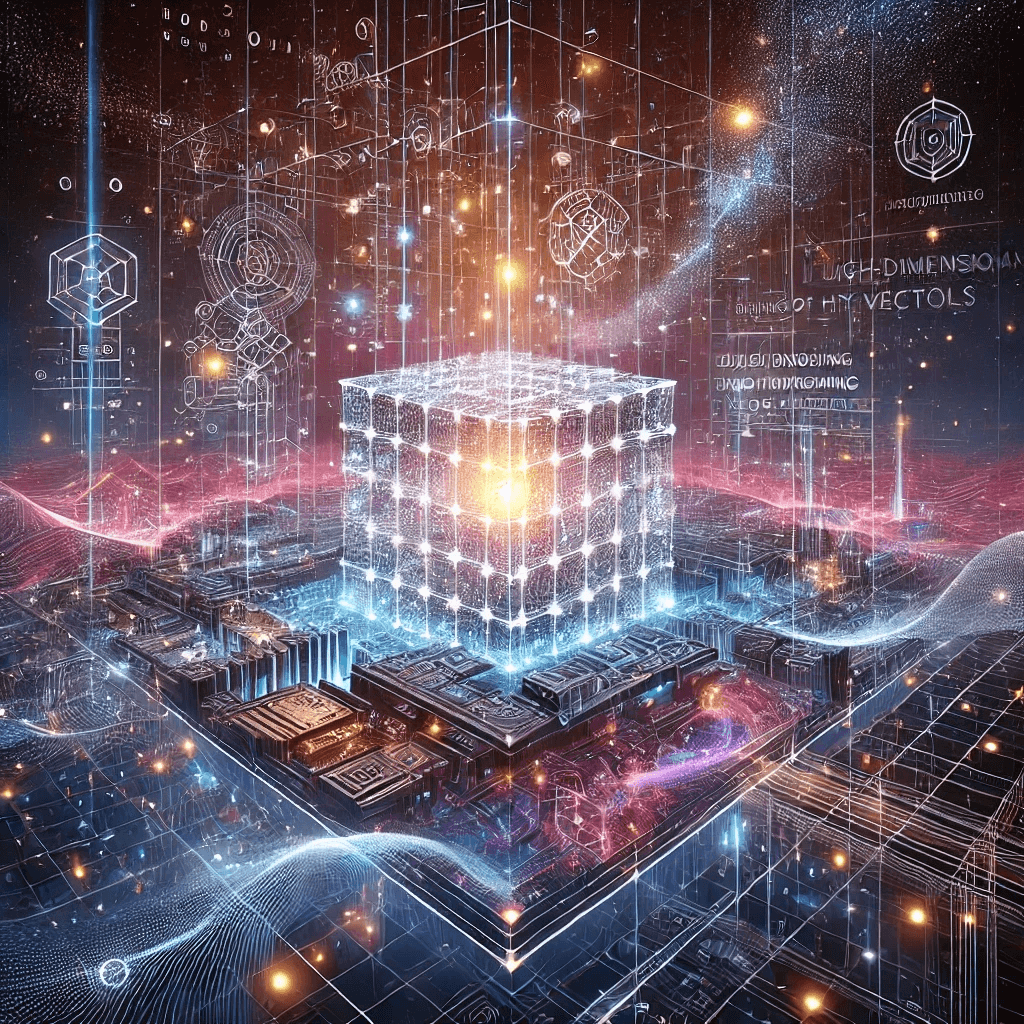Introduction to Hyperdimensional Computing
Hyperdimensional Computing (HDC) is an emerging paradigm inspired by brain-like processing. It offers a powerful way to encode, manipulate, and reason about information using high-dimensional vectors, enabling robust and efficient AI applications. This article introduces the key concepts, motivations, and potential of HDC.

What is Hyperdimensional Computing?
Hyperdimensional Computing (HDC) is an alternative computational paradigm that represents information using high-dimensional vectors (often with thousands or even tens of thousands of dimensions). Unlike traditional computing models that rely on scalar values or binary logic, HDC leverages vector-based encoding, memory-like reasoning, and algebraic operations to process and store knowledge.
Inspired by the way the human brain operates, HDC allows for fault tolerance, distributed representation, and rapid learning , making it a promising approach for AI, cognitive computing, and neuromorphic applications.
Why Hyperdimensional Computing?
Traditional AI and machine learning models often rely on complex architectures that require large datasets and intensive training . In contrast, HDC provides:
- Robustness & Noise Resistance – High-dimensional vectors allow information to be redundantly encoded , making computations resistant to errors and noise.
- One-Shot Learning – Unlike deep learning, HDC models can recognize patterns without excessive retraining , mimicking human-like memory.
- Efficient & Parallel Processing – HDC is well-suited for neuromorphic and edge computing , where energy efficiency and speed are critical.
These advantages make HDC ideal for real-time AI applications , including robotics, signal processing, and associative memory tasks.
How Does Hyperdimensional Computing Work?
The core principles of HDC revolve around vectorized reasoning :
- Encoding Information – Data (e.g., text, images, or sensor inputs) is transformed into high-dimensional hypervectors .
- Binding & Bundling – Operations such as binding (⊗) and bundling (+) allow HDC to combine and store knowledge in ways similar to how the brain associates concepts.
- Similarity Search – Information retrieval is performed through vector similarity measures (e.g., cosine similarity ), enabling rapid matching and inference.
For example, in an AI system , HDC can efficiently recognize objects, understand speech, or even perform logical reasoning without traditional deep learning models .
Applications of HDC
Hyperdimensional Computing is making waves in various domains:
🧠 Brain-Inspired AI
HDC mimics human cognition , enabling more intuitive and adaptive AI systems .
🚀 Edge & Neuromorphic Computing
Low-power devices, like IoT sensors and neuromorphic chips, benefit from HDC’s energy-efficient computations .
📊 Data Compression & Search
HDC offers powerful ways to represent, compress, and retrieve information in massive datasets, making it a valuable tool for search engines and knowledge graphs .
Conclusion
Hyperdimensional Computing represents a paradigm shift in AI and computation. By leveraging the power of high-dimensional vectors , it enables robust, efficient, and human-like intelligence that could transform fields from robotics to neuromorphic AI .
As research advances, HDC has the potential to redefine how machines think, learn, and process information —ushering in a new era of cognitive computing .
🚀 Stay tuned for more insights as we explore the frontiers of Hyperdimensional Computing!
